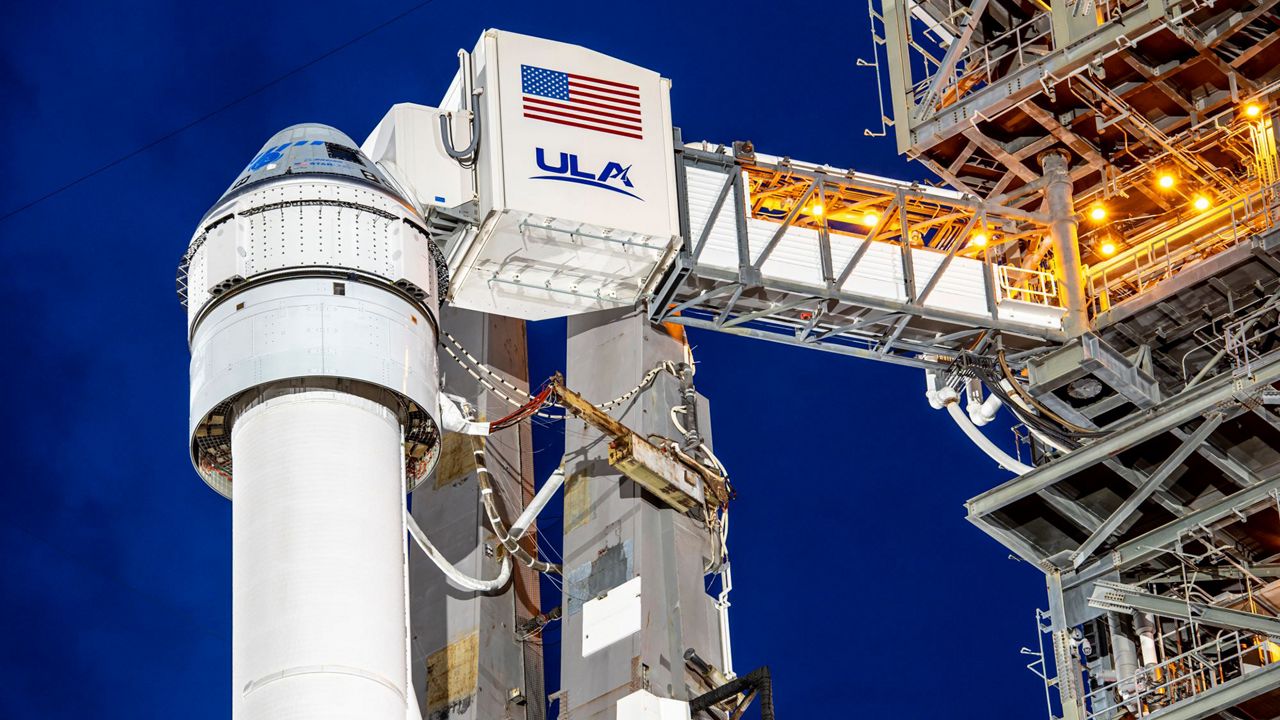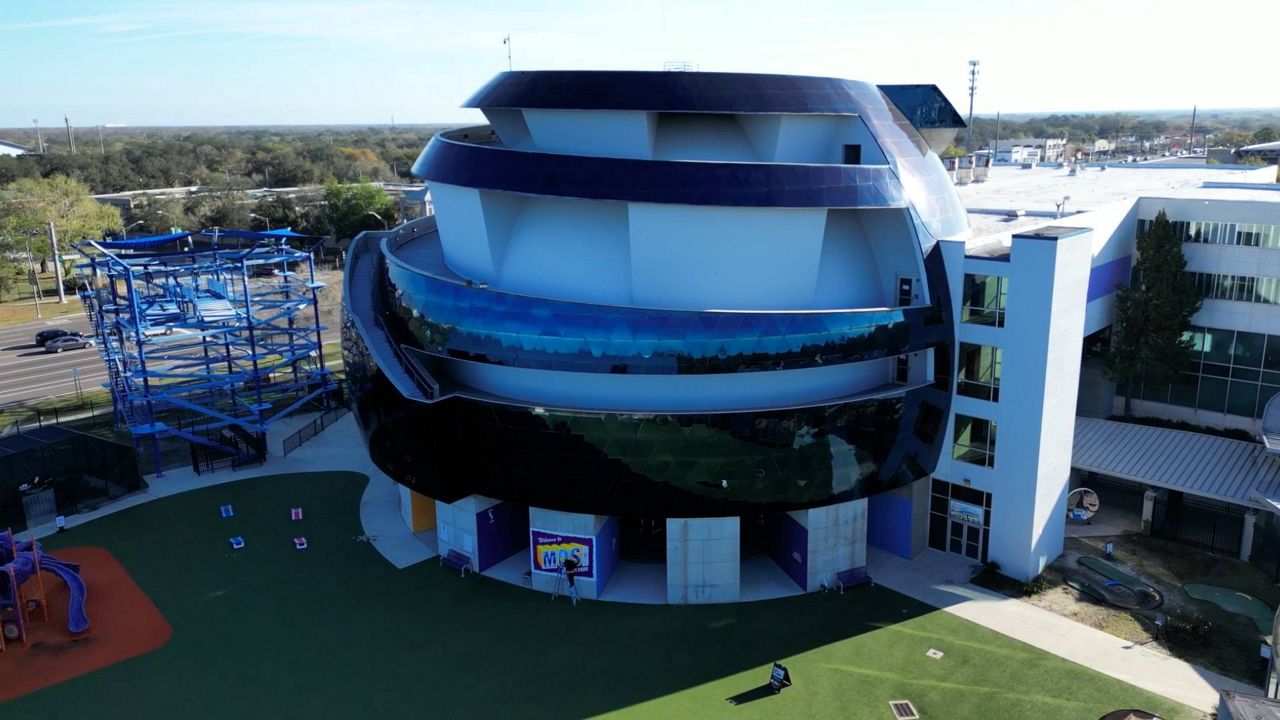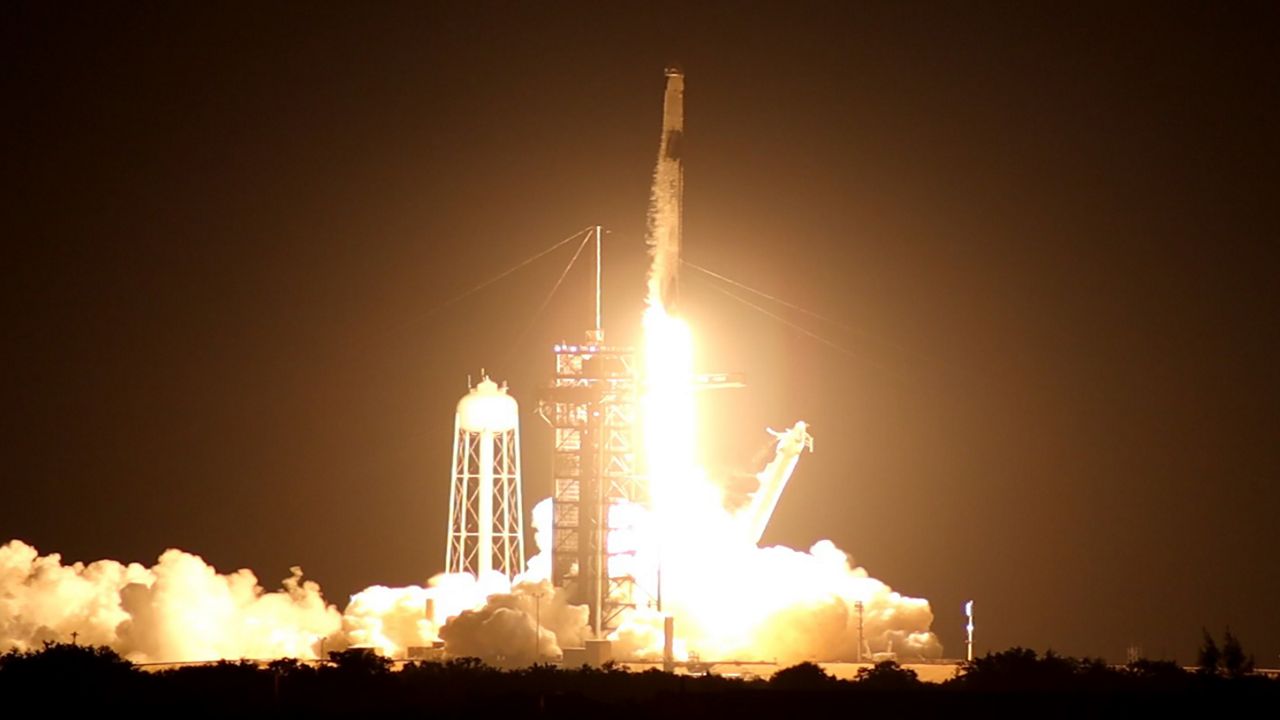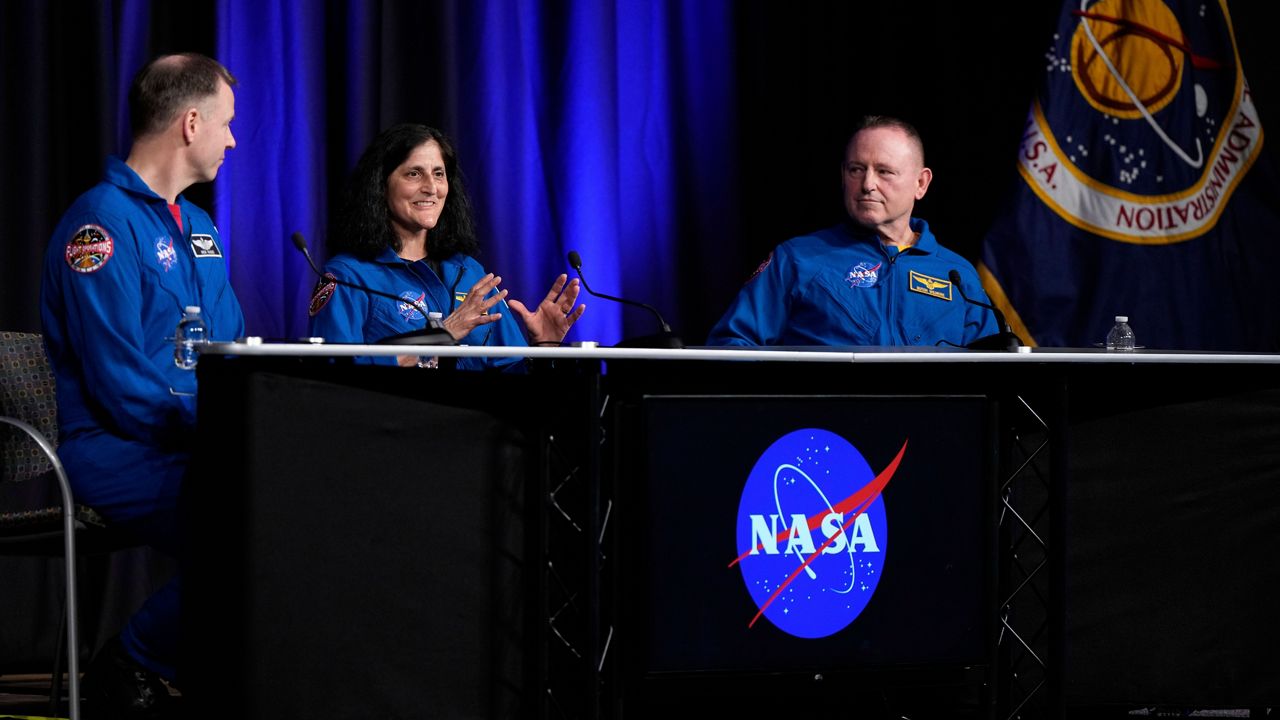CAPE CANAVERAL, Fla. — A second attempt to launch Boeing's Starliner capsule to the International Space Station on a dress rehearsal for future crewed launches has been pushed back.
What You Need To Know
- Boeing's Starliner was set to liftoff at 1:20 p.m. ET on Tuesday but was delayed
- It will take off from Launch Complex 41 at Cape Canaveral Space Force Station
- The first attempt last week was delayed by a Russian module docked at the ISS
The spacecraft, atop a United Launch Alliance Atlas V rocket, was set to liftoff at 1:20 p.m. ET from Launch Complex 41 at Cape Canaveral Space Force Station, but at about 10:30 a.m. ET, Boeing said mission crews were standing down.
Boeing said engineers detected indications there was a valve position problem in the propulsion system.
"We’re disappointed with today’s outcome and the need to reschedule our Starliner launch," said John Vollmer, vice president and program manager, Boeing's Commercial Crew Program, in a released statement. "Human spaceflight is a complex, precise and unforgiving endeavor, and Boeing and NASA teams will take the time they need to ensure the safety and integrity of the spacecraft and the achievement of our mission objectives."
The next launch opportunity is 12:57 p.m. ET Wednesday.
Tuesday's postponement comes a few days after a Russian module mishap at the ISS forced mission controllers to delay the first launch attempt.
This mission, called OFT-2, is about proving to NASA that the Starliner capsule is safe for people to ride to the ISS.
The mission is a redo of Boeing's OFT-1 in December 2019, which encountered several major glitches that caused the Starliner capsule to miss its target orbit and abort an attempt to dock with the ISS. Two days later, the capsule landed in the desert of White Sands Missile Range in New Mexico.
Boeing's goal for Starliner is to eventually have a fully crewed mission and for the company to catch up to SpaceX's crewed space program.
“Time is always the tough part. We really want to launch crew. It’s the most important thing. Let’s get crew on an Atlas V. But it’s really going through all the necessary steps to ensure we have a perfect product and we have 100% mission success," said Stefania Moehring, Human Spaceflight Anomaly Lead for the OFT-2 launch.
After the U.S. ended the shuttle program and found itself relying upon Russian Soyuz spacecraft to get to space, NASA formed the Commercial Crew Program, which turned to private companies such as Boeing and SpaceX to continue crewed space exploration.
Last Thursday, NASA and Boeing were poised to launch the Starliner on the OFT-2 mission, but the launch had to be pushed back after a Russian spacecraft inadvertently fired its thrusters while docked at the ISS, temporarily forcing the station to lose orientation control.
And just a day earlier, the Atlas V's rollout to the launch pad was delayed because of an internet provider outage.










